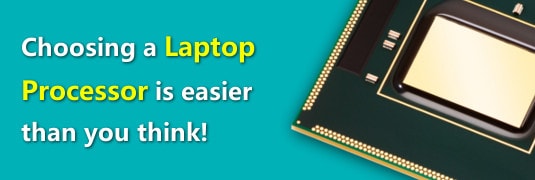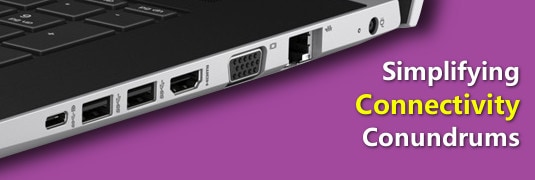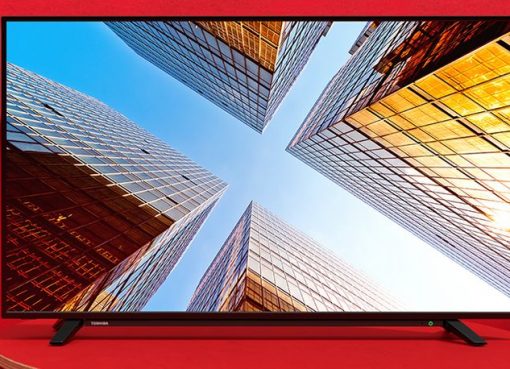If you have been complaining about your laptop or PC having slowed down, then the thought of upgrading your RAM has crossed your mind. Have you ever wondered if you might be wrong, and the real culprit wasn’t RAM but that archaic piece of hardware we call hard drives? If you haven’t come across the term, solid-state drive (SSD) then you should pay real close attention to it now. It might be part of your future laptop and there have been some incredible developments that have taken place over the past year or two that make them so exciting! What makes them better than hard drives and why, are just some the things we explain through this guide on solid-state storage. Laptops, PCs, gaming consoles, even external portable drives use hard drives in them. They are an inherently inefficient and outdated technology in contrast to solid-state storage, because of how they work. They use high-speed motors spinning discs at speeds higher than 5000 rotations per minute and there are moving heads to read data off these discs. In simple terms, they are slow, very heavy and more prone to physical damage. They also vibrate because of the movement, make noise and heat up a lot.
Laptops, PCs, gaming consoles, even external portable drives use hard drives in them. They are an inherently inefficient and outdated technology in contrast to solid-state storage, because of how they work. They use high-speed motors spinning discs at speeds higher than 5000 rotations per minute and there are moving heads to read data off these discs. In simple terms, they are slow, very heavy and more prone to physical damage. They also vibrate because of the movement, make noise and heat up a lot.
The performance of these hard drives hasn’t been extraordinary either. For the longest, they have shown data read and write speeds ranging from 10 to a 125 megabytes per second. This is good enough to store and play music and some movies but start some heavy software or load a game, and you will need to wait a minute or two for things to get going. Performance-focused hard drives can be a bit faster but they are never seen on laptops. In contrast, Solid-state storage tend to be at least 3 to 10 times faster, sometimes much more!  What does this speed mean for you? Music, low-resolution photos and movies won’t show you any kind of performance improvement and hard drives are best used to store bulk data like that. The real performance differences are easily noticed when you boot up your laptop or PC. Windows (or any OS) loads in around 10 seconds, compared to 38 to 50 seconds on hard drives. Every software loads faster, your web browser, movie player, video editing software, games, you name it! That makes a big improvement – data is always available to your processor, RAM and graphics card and there is no delay, no matter how small or large the data. If you are working with large files, such as photographs shot on high-resolution cameras, videos and music, or making large data transfers to and from a solid-state storage drive, you will see major benefits. It’s staggering!
What does this speed mean for you? Music, low-resolution photos and movies won’t show you any kind of performance improvement and hard drives are best used to store bulk data like that. The real performance differences are easily noticed when you boot up your laptop or PC. Windows (or any OS) loads in around 10 seconds, compared to 38 to 50 seconds on hard drives. Every software loads faster, your web browser, movie player, video editing software, games, you name it! That makes a big improvement – data is always available to your processor, RAM and graphics card and there is no delay, no matter how small or large the data. If you are working with large files, such as photographs shot on high-resolution cameras, videos and music, or making large data transfers to and from a solid-state storage drive, you will see major benefits. It’s staggering!
How do solid-state drives pull this off? That’s because they use solid-state memory chips and because there aren’t any moving parts, there is no time taken to seek data, no matter how big or small. 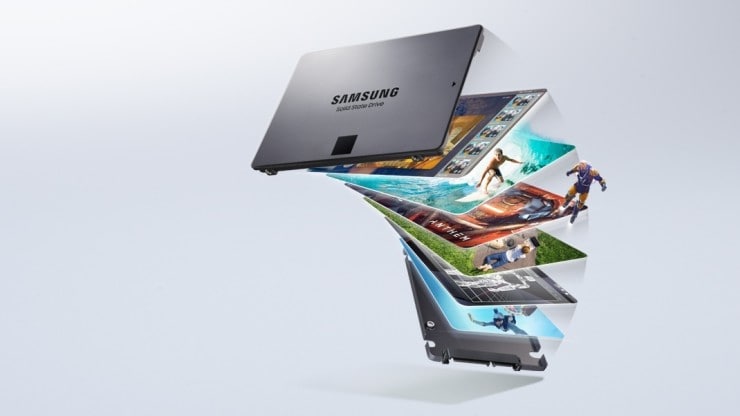 There are other reasons to consider laptops using solid-state storage today. Prices of solid-state drives have plummeted, and you can find laptops using them at lower prices than ever before. The Apple MacBook Air, MacBook and the MacBook Pro have been running them for a while now. Today, you can even find 1TB solid-state drives in the market selling for as low as Rs. 11,000. They are totally quiet, light-weight, produce nearly no heat and are more power-efficient, so your laptop can run longer on a charge. While you can upgrade some laptops from hard drives to solid-state drives, we advise you to do this at your own risk because you are likely to void warranty and you ought to know what format and size of solid-state drives works with your laptop.
There are other reasons to consider laptops using solid-state storage today. Prices of solid-state drives have plummeted, and you can find laptops using them at lower prices than ever before. The Apple MacBook Air, MacBook and the MacBook Pro have been running them for a while now. Today, you can even find 1TB solid-state drives in the market selling for as low as Rs. 11,000. They are totally quiet, light-weight, produce nearly no heat and are more power-efficient, so your laptop can run longer on a charge. While you can upgrade some laptops from hard drives to solid-state drives, we advise you to do this at your own risk because you are likely to void warranty and you ought to know what format and size of solid-state drives works with your laptop. 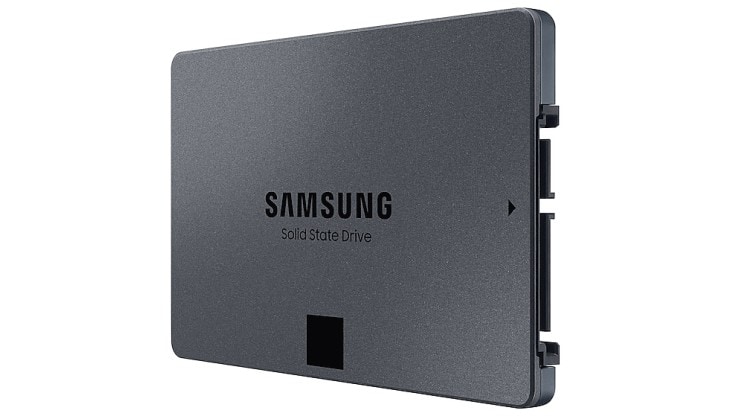 There are a few types of solid-state storage formats you will find. The most popular drives use the SATA (Serial-ATA) interface and are called internal solid-state drives among sellers. They are shaped like laptop hard drives and designed to fit into 2.5-inch enclosures within the laptop. Some laptops (and PCs) use an M.2 slot that can sometimes support SATA and sometimes NVMe drives (much higher performance). These are available on some premium and gaming laptops. A lot of this jargon is stuff to learn but can be conveniently ignored if you are buying a SSD-based laptop.
There are a few types of solid-state storage formats you will find. The most popular drives use the SATA (Serial-ATA) interface and are called internal solid-state drives among sellers. They are shaped like laptop hard drives and designed to fit into 2.5-inch enclosures within the laptop. Some laptops (and PCs) use an M.2 slot that can sometimes support SATA and sometimes NVMe drives (much higher performance). These are available on some premium and gaming laptops. A lot of this jargon is stuff to learn but can be conveniently ignored if you are buying a SSD-based laptop.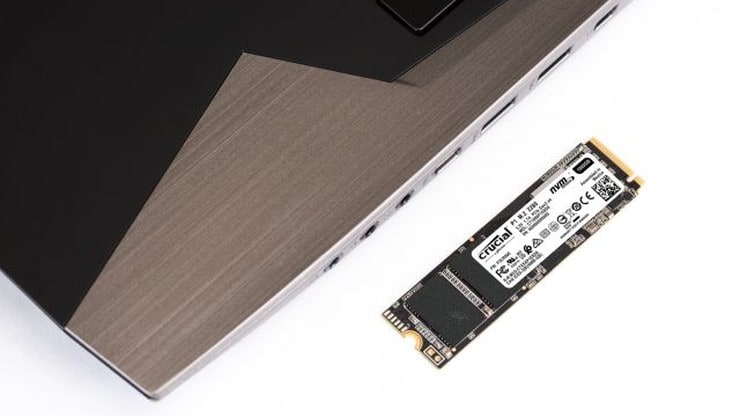 So, is this the end of the line for hard drives? We will see solid-state storage drives becoming more affordable than hard drives but today, they are still a bit more expensive than hard drives. Storing bulk data with less-than-critical performance requirements is still more economical on hard drives. A good example of this might be backups of high-quality movies and hundreds of gigabytes of photographs.
So, is this the end of the line for hard drives? We will see solid-state storage drives becoming more affordable than hard drives but today, they are still a bit more expensive than hard drives. Storing bulk data with less-than-critical performance requirements is still more economical on hard drives. A good example of this might be backups of high-quality movies and hundreds of gigabytes of photographs. 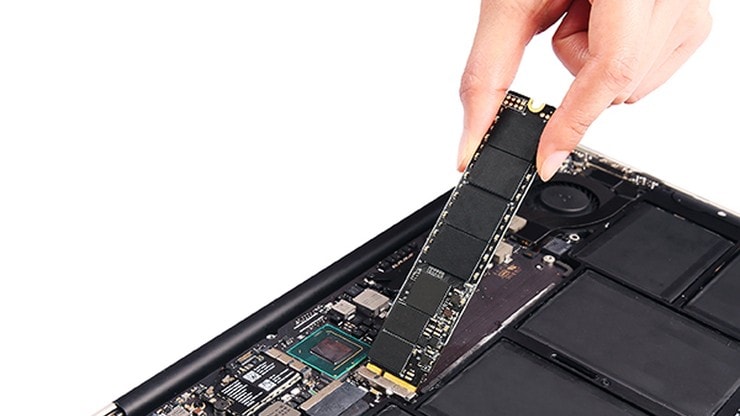 If you upgrade to a new laptop or have a setup that uses solid-state storage, ensure that the operating system runs on it, along with the large software and games you use the most. Low-priority software can continue to reside on a hard drive, along with any documents, photographs and music. Also know that solid-state drives aren’t limited to laptops only. If you use a PC, you can opt for a solid-state drive for it. Some gamers even upgrade their gaming consoles to solid-state drives. Some brands are even selling external drives based on solid-state storage that offer the same performance using modern USB 3.1 (Gen 1 and 2) or Thunderbolt 3 interfaces.
If you upgrade to a new laptop or have a setup that uses solid-state storage, ensure that the operating system runs on it, along with the large software and games you use the most. Low-priority software can continue to reside on a hard drive, along with any documents, photographs and music. Also know that solid-state drives aren’t limited to laptops only. If you use a PC, you can opt for a solid-state drive for it. Some gamers even upgrade their gaming consoles to solid-state drives. Some brands are even selling external drives based on solid-state storage that offer the same performance using modern USB 3.1 (Gen 1 and 2) or Thunderbolt 3 interfaces.
There is no escaping solid-state storage and the simplest way to get onboard is to look out for one, when you’re buying your next laptop.
The Future of Storage is Solid-State!

